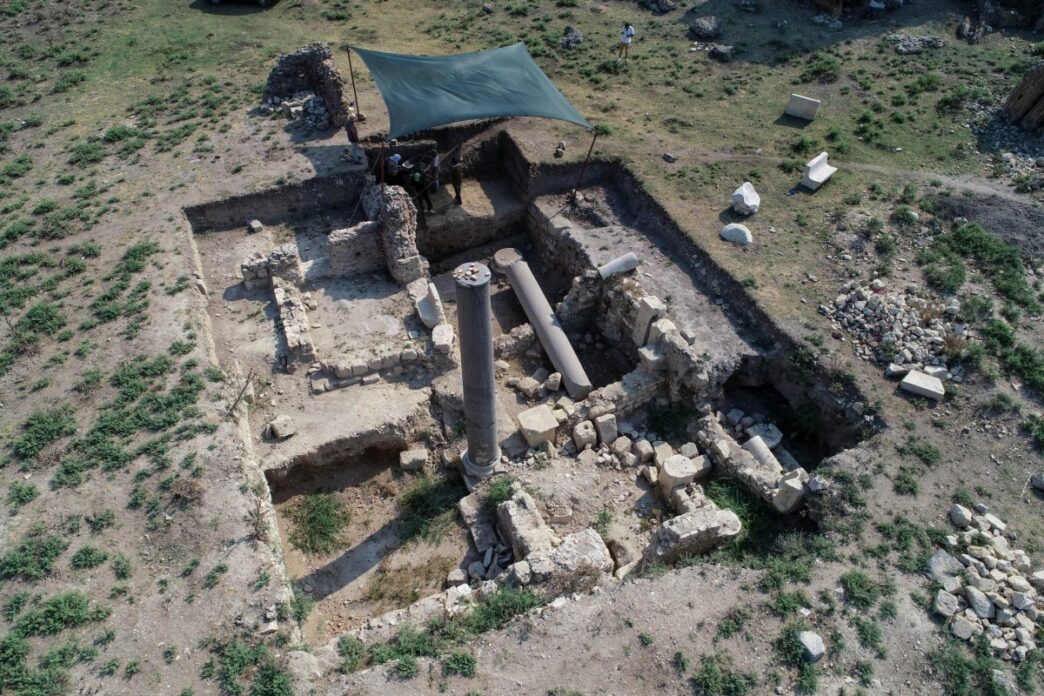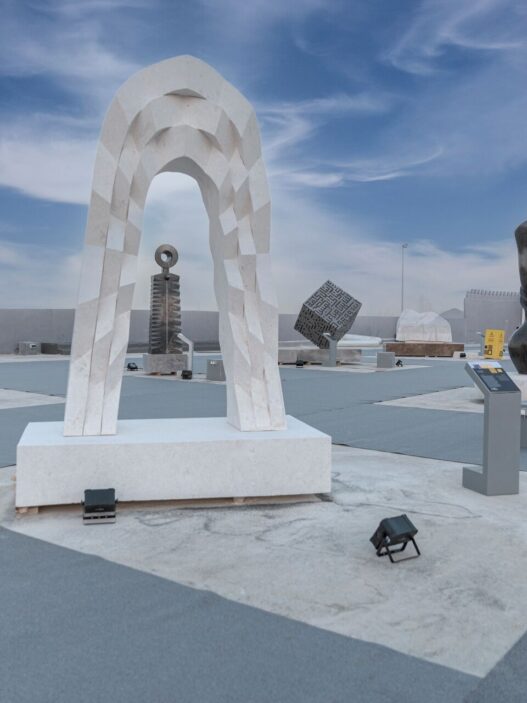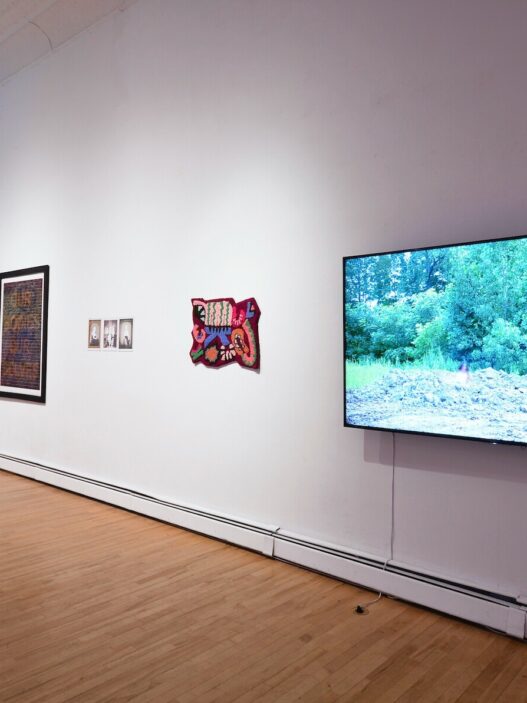Turkish archaeologists claim to have found a gladiator burial ground from the Roman era in Anazarbus (modern Anavarza), in the southern Adana region of Turkey. This would be one of the few known gladiator cemetery in the ancient Mediterranean, if it were to be real.
The men and women who competed in the Roman arena were both lauded and made infamous, as shown by previously unearthed gladiator cemetery. The unusual find of a gladiator cemetery offers the opportunity to learn more about how slavery, the games, and even notoriety operated in ancient times both inside the places where the dead were interred and on the arena’s sandy floor.
The ancient Roman province of Cilicia’s Anazarbus has been the site of ongoing excavations since 2013 that have uncovered a multitude of artifacts. The location was first inhabited throughout the Hellenistic period and afterwards acquired by the Romans. It would survive the Byzantine and Ottoman eras until the Mamluks demolished it in 1374. The location was an important inland junction for trade and transport between Syria, Mesopotamia, and the Levant. There were many late antique churches, a stadium, a theater, a triumphal arch, baths, and a huge Roman road lined with imposingly enormous columns throughout the sprawling urban area. Gladiators were employed south of Anazarbus, outside the city walls, according to study from the UKurova University that was just just completed.
Lead archaeologist Fatih Gülşen revealed to the Anadolu Agency (AA) that his team had earlier in the summer unearthed the tomb next to the amphitheater. The archaeologists want to continue their excavations and anticipate finding human remains that they think belong to gladiators, though no one has yet safely uncovered or identified such bones. The necropolis’ proximity to the amphitheater does imply a potential gladiator burial site, although it’s uncommon to identify such a complex securely. However, despite being places for the dead, these significant areas can reveal a lot about the experiences, diet, jobs, status, and social stigmas people have in life.
Anazarbus would be the second city in Turkey and one of only a few recognized gladiator cemeteries in the Mediterranean if it were proven to be one. An ancient gladiator necropolis from the second and third centuries CE was discovered in 1993 by Austrian archaeologists working at Ephesus along the Via Sacra road. Due to the fact that Greeks and Romans interred their dead outside of towns rather than behind the polis’s fortified walls prior to the ascendancy of Christianity, ancient necropoleis were frequently built alongside highways outside of cities.
Archaeologists will undoubtedly continue to search for nearby burial grounds as additional Roman amphitheaters are discovered in locations like Switzerland and other parts of the former Roman Empire. These arenas and the gladiators that occupy them have the potential to reveal more about the athletes who, despite being exalted in movies and popular myths about ancient Rome, were frequently compelled to engage in bloodshed and violence for the amusement of the public—often before receiving an abhorrent burial.















![[1] Samuel Kortey Baah. Courtesy of the artist. [2] Jessica Ekomane. Courtesy of the artist and Camille Blake. [3] Diana Ejaita. Courtesy of the artist. [4] Pınar Öğrenci. Courtesy of the artist and Kerem Uzel.](https://dailyart.news/wp-content/uploads/2022/08/villa_romana-527x639.gif)




